Dogs aren’t just following their noses—they’re solving puzzles. In one major international study involving 704 dogs, researchers found that pups reliably interpreted human pointing when it was paired with a gaze, treating it as a meaningful communicative cue rather than mere motion.
What this reminds us is that dogs can connect sight and action in clever ways—a foundation for behavior like lifting lids to find treats.
Imagine a jar with a lid secured just enough so a determined dog can nudge or lift it. Some curious, smart dogs do this by combining sniff‑based search, paw or soft mouth manipulation, and a bit of trial and error. They’re leveraging instincts to seek food rewards—an outcome of evolutionary pressure to hunt and forage.
Across certain breeds known for their intelligence and problem‑solving skills, this behavior isn’t rare. It’s a play‑like game where nose meets kibble, paws meet lid, and brains meet reward. And what this means is that treating your dog with puzzle‑style enrichment taps into their natural cognition—and makes training and play feel meaningful.
Dog Breeds That Lift Lids to Find Hidden Treats
Here are the 7 dog breeds:
1. Labrador Retriever

Labradors are often at the top of food‑obsessed breed lists—about 1 in 4 Labs carries a genetic mutation that makes them feel perpetually hungry, plus they burn fewer calories because of it.
That means when a treat is hidden under a lid, these smart, curious pups are likely to lift, sniff, and grab at it until it’s open. Their playful nature combines with strong scent‑based motivation and an instinctive drive to search out food.
Incredible scent drive
With an extraordinary nose and ability to sniff out hidden kibble, Labradors excel at puzzle games that hide treats.
Soft‑mouth retrieval line
Bred to retrieve birds gently, Labradors lift lids or hold toys delicately without crushing bones or treats.
Family‑friendly energy
According to PetMD, they are known for energy and playfulness; they’ll stick with you through hide-and-seek treat games and fun yard activities.
Highly trainable instincts
Labs learn fast through consistent training, are eager for positive feedback, and are motivated by food rewards.
Water‑loving build
Their dense double coat and otter‑like tail aren’t just for swimming—they reflect a body adapted for physical enrichment and movement.
2. Dachshund

When a treat is hidden under a lid, this bold and persistent breed often solves the puzzle with a gentle lift or nudge. Ranked among the most food‑obsessed breeds in a large study, Dachshunds turn snack time into a scent‑based mission, using nose and paws to seek out hidden rewards.
According to Purina, their compact, elongated body gives them a strong digging instinct rooted in their history of hunting and burrowing prey. Driven by natural instincts and a lively brain, they won’t shy away from using clever behavior to access food.
Elongated spine with short legs
Originally bred to burrow into tunnels, their long, low body structure is iconic and requires careful handling to avoid back issues.
Tenacious problem-solvers
They have a surprisingly determined streak, often working on puzzles longer than you’d expect for their size.
Alert and bold watchdogs
Despite being small, Dachshunds have a deep bark and fearless nature that makes them effective (and vocal) alert dogs.
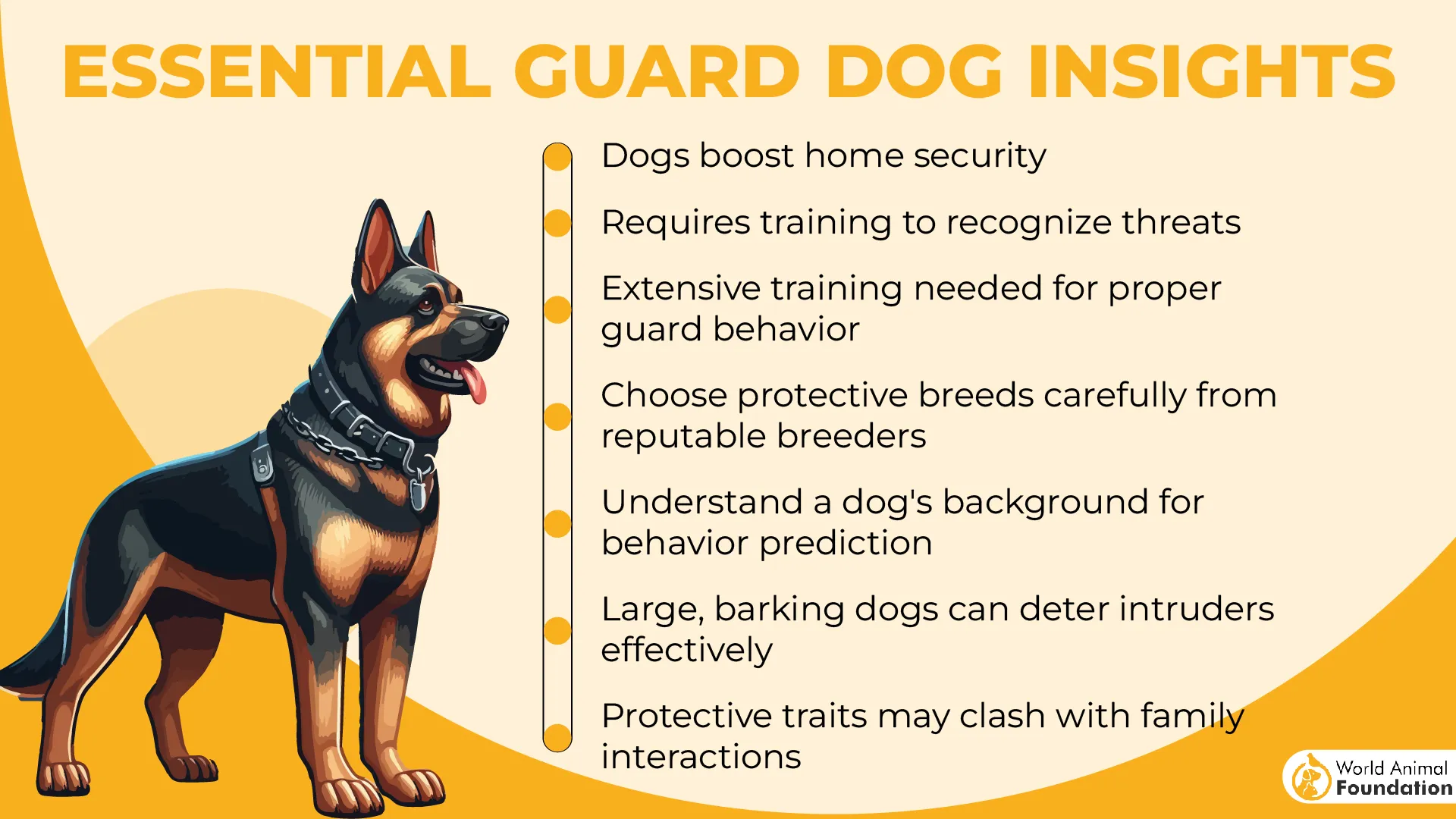
Independent yet loyal
They may not follow commands blindly, but they form deep bonds with their favorite humans and love being close.
3. Beagle

According to PDSA, Beagles have one of the strongest noses in the canine world. Their relentless drive for scent makes them naturals at sniffing out hidden snacks and figuring out how to lift or shift lids.
What looks like play is often a full-on tracking mission to locate a reward. Their food motivation, combined with a confident yet independent streak, pushes them to get creative in solving obstacles for treats.
Unique baying voice
Beagles have a signature bay—a loud, drawn-out howl—that sets them apart from most dog breeds and often alerts when they’ve “found” something.
Strong pack mentality
Bred to hunt in groups, they’re naturally social and thrive when surrounded by other dogs or people.
Big appetite in a compact body
Their small frame and short legs hide a surprisingly hearty appetite, requiring watchful portion control.
Extremely active nose-to-ground focus
Once their nose hits a scent trail, they often lose all awareness of surroundings, following it with total devotion.
High wanderlust potential
Beagles are known escape artists, especially when left alone outside—they’ll dig, climb, or slip out if something catches their interest.
4. Golden Retriever
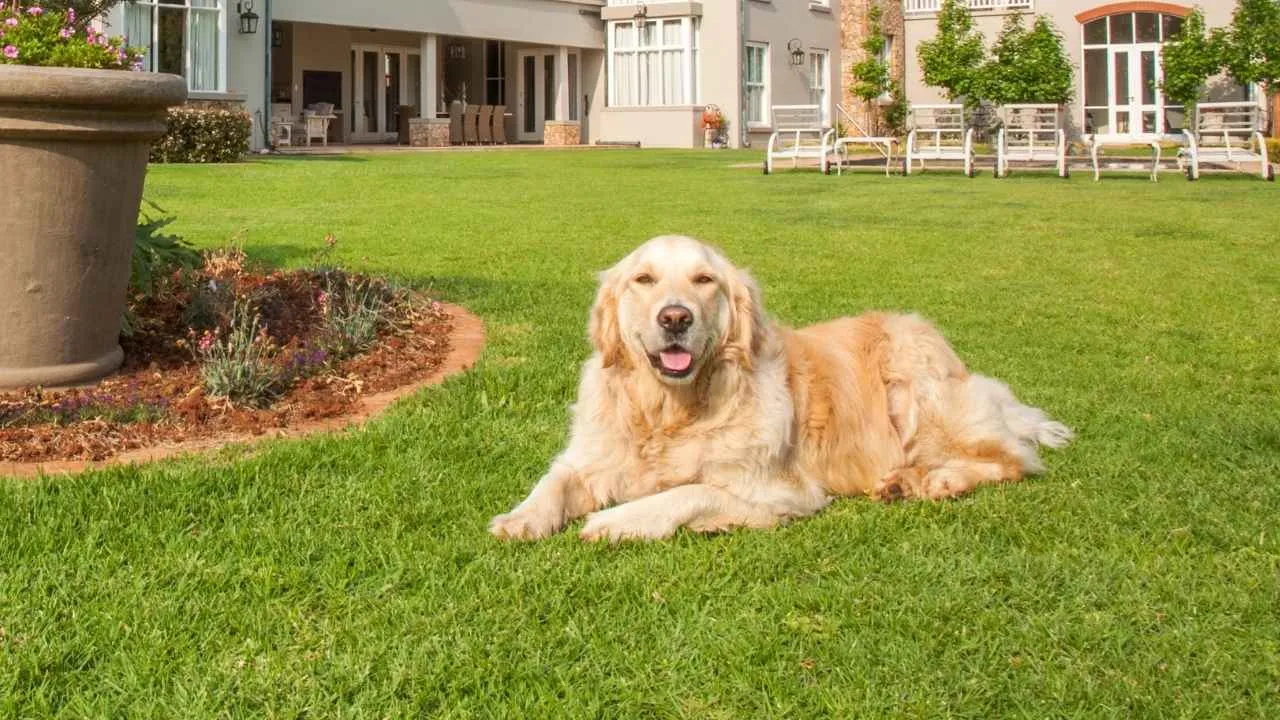
Golden Retrievers rank near the top of the food‑obsessed breed list, with genetics and behavior combining to boost their appetite. When a lid hides a treat, these intelligent, eager retrievers won’t hesitate—they’ll use their soft mouth and paws to lift lids, guided by food motivation and a keen interest in the smell.
Many dogs of this breed view even a sealed container as an irresistible invitation. But caution is key: their enthusiasm for snacks means their diet and treats must be managed carefully to prevent obesity.
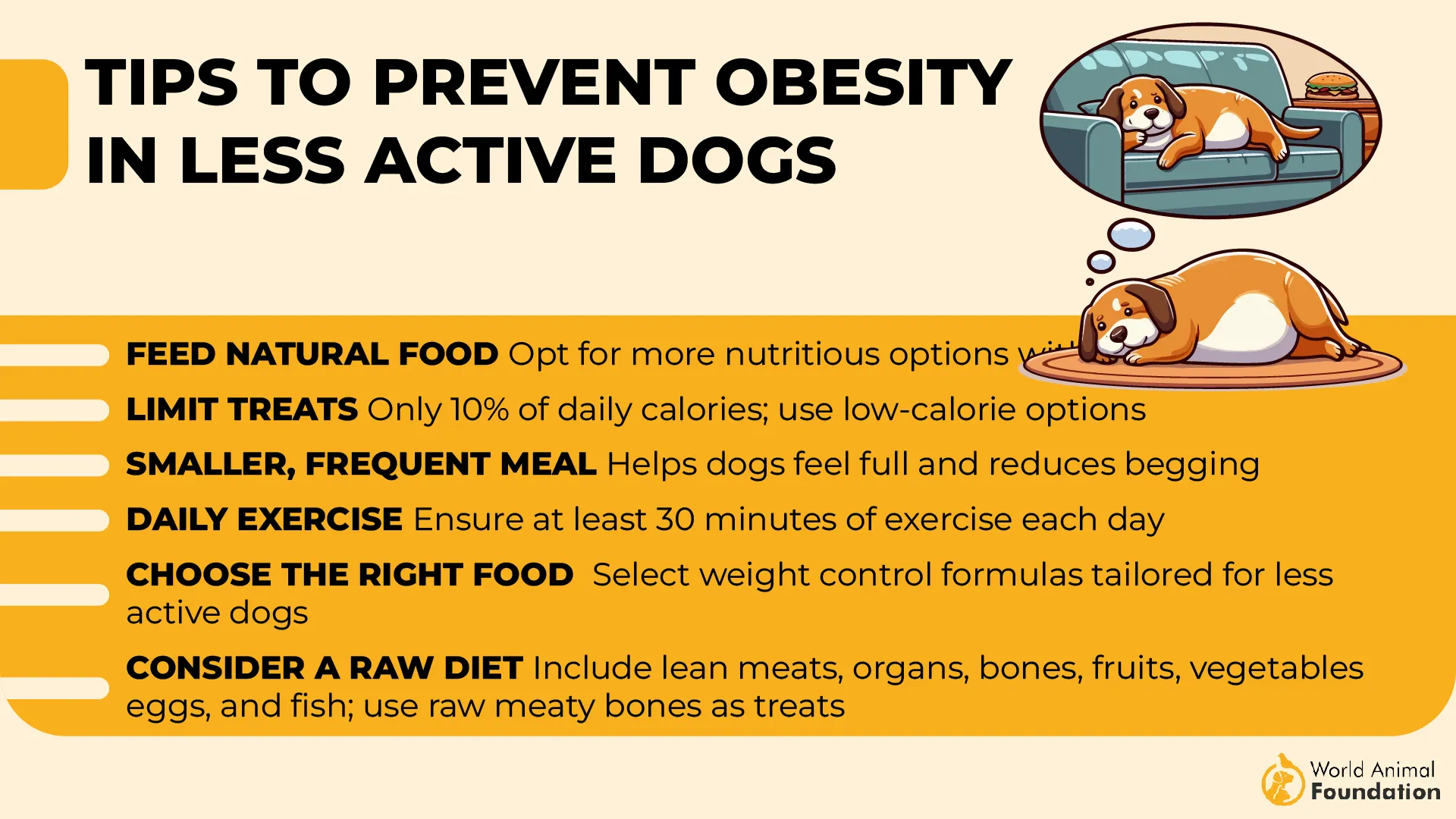
Natural swimmer build
With webbed feet and a water-resistant coat, Golden Retrievers were built for swimming and retrieving in lakes or marshes.
Feathered double coat
Their dense undercoat and flowing outer coat protect them in various climates, though it does mean regular brushing is non-negotiable.
Expressive eyes and brows
Golden Retrievers often “communicate” through their facial expressions, especially their brows, which they use to emote clearly.
Balanced body structure
Athletic but not overly bulky, their frame supports endurance, agility, and a smooth gait—perfect for long outdoor play.
Social harmony with people
Known for their tolerance and calm demeanor, they mesh well with kids, other pets, and strangers, making them popular family companions.
5. Cocker Spaniel
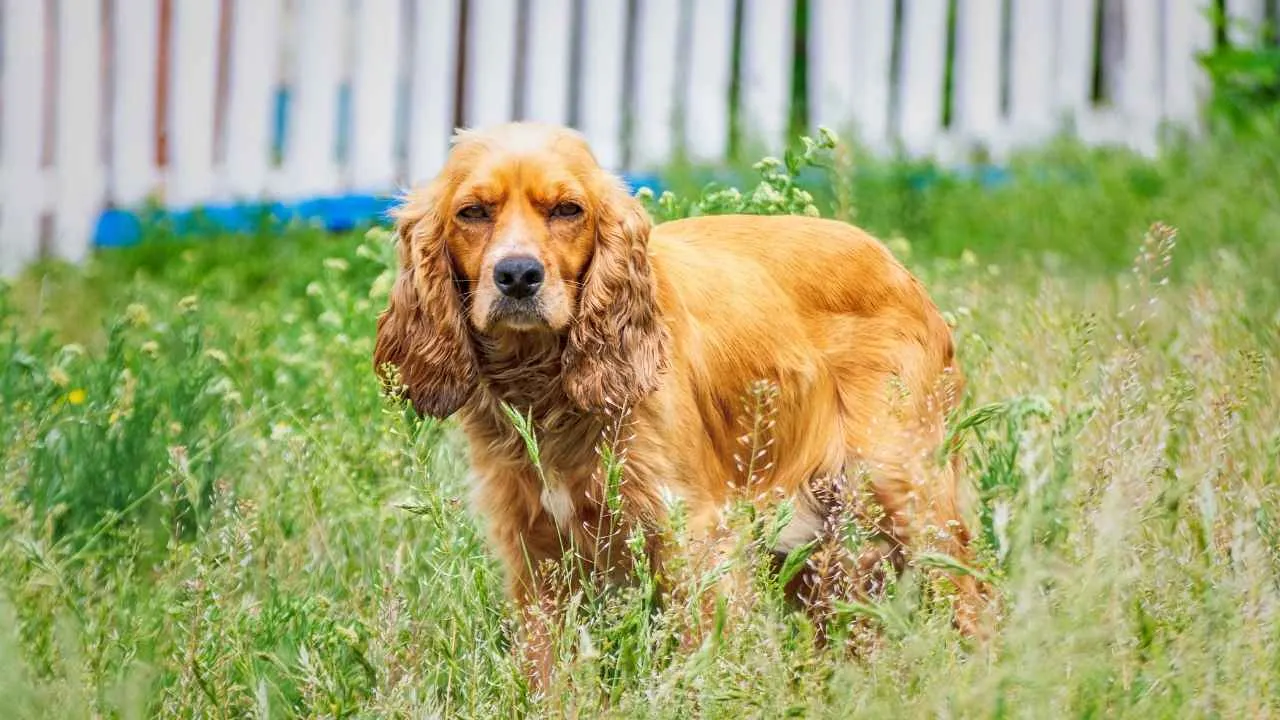
These merry spaniels are natural food motivators—they’ll use their nose and playful persistence to explore lids hiding treats. Driven by scent and smarts, they turn kitchen counters into treasure hunts, and their soft mouth approach means snacks stay intact.
Their curious nature and enjoy‑every‑moment spirit make them ideal candidates for fun feeding puzzles that tap into instinct and playtime in one go.
Smooth, silky coat with feathering
Their long, flowing ears and silky coat come in rich color combinations and require daily grooming to stay tangle-free.
Compact and athletic build
Although small to medium-sized, Cockers carry sturdy muscles perfect for agility and play, with surprising endurance in outdoor adventures.
Ever-wagging “merry spaniel” temperament
Famous for their cheerful disposition, they greet loved ones and strangers alike with enthusiasm and warmth.
Emotionally tuned to vocal tone
These dogs respond keenly to gentle praise and centered training—harsh words can trigger anxiety, while calm guidance works best.
6. Pembroke Welsh Corgi
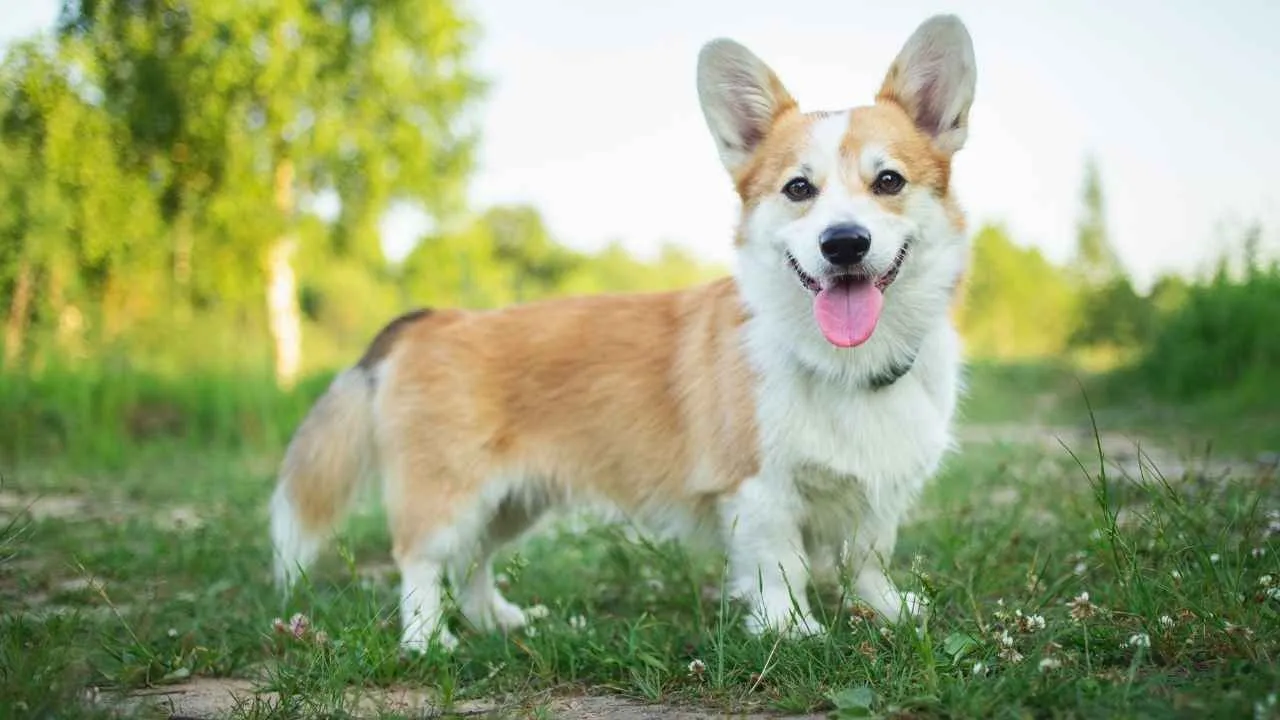
Pembroke Welsh Corgis are regularly listed among the most food‑obsessed breeds, making them likely to lift a lid in pursuit of hidden treats. They’re loyal, spirited, and food-motivated—but their compact frame demands careful portioning of dog food to prevent weight gain.
With their alert nature, they’ll often watch every move you make when treats are in play, so distraction during feeding time isn’t an option.
Low-slung yet powerful build
Short legs and a long body give them a sturdy, athletic silhouette built for herding and endurance.
Distinctive “fox-like” expression
Their pointed ears and bright, oval eyes convey energy and alertness—always watching and waiting.
Herding heritage energy
Originally bred to nip at the heels of cattle, Corgis inherit a bold spirit and strong work drive despite their small size.
Fairy‑tale folklore charm
Welsh legend associates Corgis with Tylwyth Teg (fairy folk), saying they once served as war-horses for fairies—a quirky trait locals still celebrate today
7. English Bulldog

Their relaxed demeanor may hide a determined streak—when food is involved, they may hang around surface-bound treat jars until they figure something out. Still, their physical traits and health needs mean it might take them quite a while to learn a new trick, and treat puzzles should be safe for their body.
Their lifespan is shorter than average, and they face more health challenges than many other breeds, making quality of life a top concern. These pups aren’t eager for strenuous tasks, so lid-lifting attempts may come with difficulty, but with patience and tasty stuff, they can still enjoy gentle enrichment activities.
Wrinkled skin and signature face folds
Those facial rolls are charming, but require daily cleaning to prevent dermatitis and infections.
Stubborn yet gentle temperament
They often exhibit selective deafness—treat motivation is key, but commands may take time to sink in.
Low-activity lifestyle
Bulldogs prefer lounging over running and have limited endurance, needing short, gentle walks instead.
Conclusion
Some dogs were simply made for the challenge. Whether it’s a puppy learning how to open a container for the first time or an older dog who’s been at it for weeks, these clever breeds show just how sharp canine instincts can be.
If you want to encourage this kind of problem-solving at home, hide treats in safe containers and let your dog figure it out. It’s not just about getting a snack to eat—it’s a chance to teach focus, confidence, and patience. And after a busy week of routines, a little lid-lifting fun adds something playful to both your lives.


